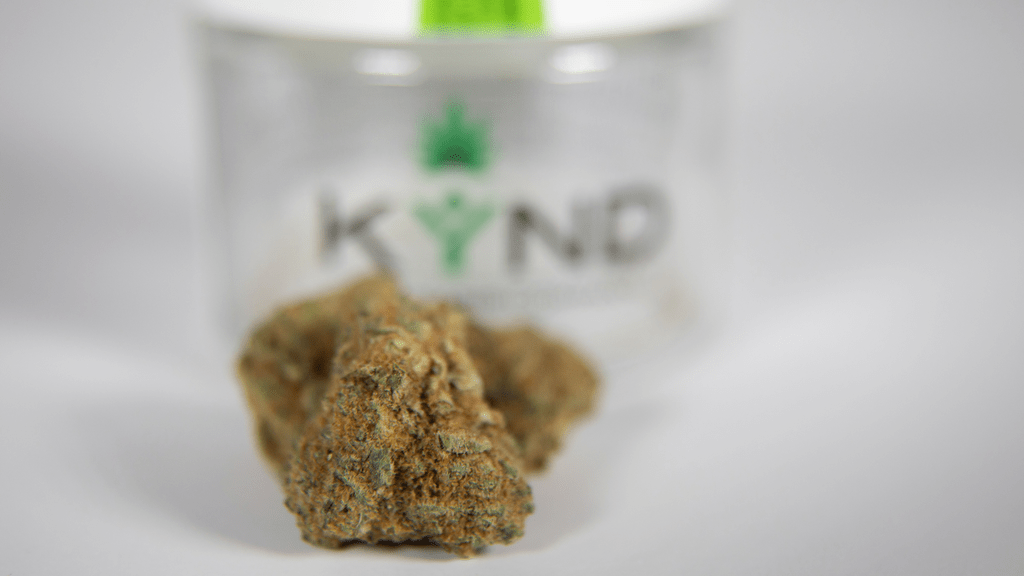Navigating the wide variety of cannabis strains available on the market can be overwhelming, especially for new consumers or those looking to meet specific needs. With countless options boasting varying effects, flavors, and potencies, making an informed decision is essential. Here’s a comprehensive guide on what to consider when purchasing cannabis strains.
Understand Your Needs and Goals
Before selecting a strain, determine your goals for consuming cannabis. Are you looking for pain relief, stress reduction, creativity, better sleep, or recreational enjoyment? Knowing your purpose will help narrow your options to strains that align with your desired effects.
- Medical Use: Strains high in cannabidiol (CBD) are often chosen for medicinal purposes due to their non-psychoactive properties and ability to address issues like chronic pain, inflammation, and anxiety.
- Recreational Use: Tetrahydrocannabinol (THC)-rich strains are popular for their psychoactive effects, which can range from euphoric to deeply relaxing.
Indica, Sativa, or Hybrid?
Cannabis strains are typically categorized into three main types:
- Indica: Known for their relaxing and sedative effects, indica strains are ideal for evening use or managing insomnia.
- Sativa: These strains are associated with uplifting and energizing effects, making them great for daytime use and creative activities.
- Hybrid: A blend of indica and sativa, hybrids offer a mix of effects that vary depending on their genetic makeup. Hybrids are often tailored to meet specific consumer needs.
Check THC and CBD Levels
The cannabinoid profile of a strain is crucial for understanding its potential effects.
- High-THC Strains: Typically result in more pronounced psychoactive effects. Ideal for experienced users or those seeking intense euphoria.
- High-CBD Strains: Provide therapeutic benefits without the “high” and are perfect for those with little to no cannabis experience.
- Balanced Strains: Strains with a balanced THC-to-CBD ratio can offer mild psychoactive effects with medicinal benefits.
Terpene Profile
Terpenes are aromatic compounds found in cannabis that influence the flavor, aroma, and effects of a strain. Some common terpenes and their effects include:
- Myrcene: Relaxing and sedative, found in strains like Granddaddy Purple.
- Limonene: Uplifting and mood-enhancing, common in citrusy strains.
- Pinene: Promotes focus and clarity, often found in strains with a piney aroma.
- Caryophyllene: Known for its spicy flavor and anti-inflammatory properties.
Ask dispensary staff or check product labels to understand the terpene profile of a strain.
Potency
Potency is measured by the percentage of THC or CBD in a strain. Beginners may want to start with lower-potency strains to avoid overwhelming effects, while experienced users might prefer higher-potency options.
- Low Potency: 5-10% THC, suitable for light effects.
- Moderate Potency: 10-20% THC, provides a balanced experience.
- High Potency: 20%+ THC, recommended for seasoned users.
Flavor and Aroma
Cannabis’s flavor and aroma can enhance your consumption experience. Whether you prefer fruity, earthy, spicy, or floral notes, there’s a strain for every palate. Engage your senses when selecting a strain and consider what appeals most to you.
Source and Quality
Always buy from reputable dispensaries or licensed vendors. Look for products that are: Lab-Tested: Ensure they’re free from pesticides, mold, and other contaminants. Fresh: High-quality cannabis should be properly cured and stored to maintain its potency and flavor. Transparent: Vendors should provide detailed information about the strain’s lineage, cannabinoid profile, and terpene content.
Consumption Method
The method of consumption can influence your strain choice. For example:
- Smoking or Vaping: Flower strains with robust terpene profiles enhance the sensory experience.
- Edibles: Opt for strains designed for infusion if you plan to make your own.
- Topicals: Strains high in CBD are ideal for creams and salves.
User Reviews and Recommendations
Don’t hesitate to read reviews or ask for recommendations. Other consumers’ experiences can provide valuable insight into a strain’s effects and quality.
Experiment and Take Notes
Every individual reacts differently to cannabis. Experiment with small amounts of different strains and keep notes on how they affect you. Over time, you’ll identify your preferences and develop a deeper understanding of what works best for you.
Conclusion
Choosing the right cannabis strain requires thoughtful consideration of your goals, preferences, and experience level. By focusing on factors like cannabinoid and terpene profiles, potency, and quality, you can find strains that meet your needs and enhance your cannabis experience. Always consult with knowledgeable professionals at reputable dispensaries to make informed decisions.




